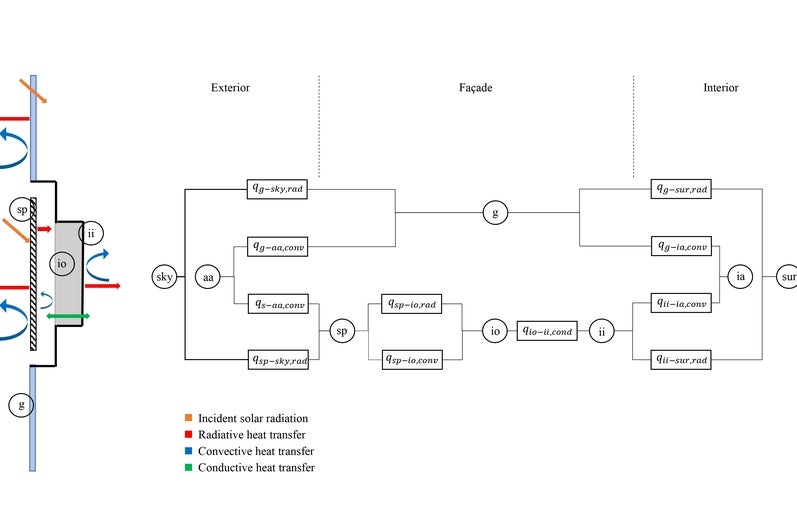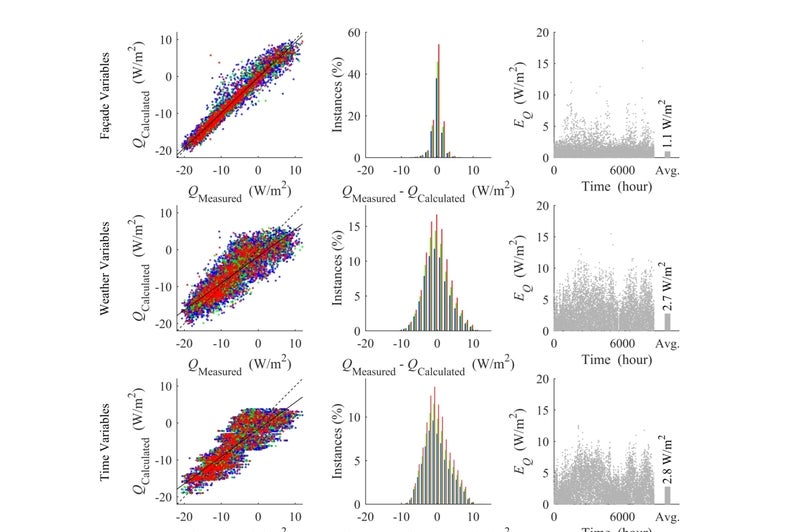To model and optimize the environmental performance of Double Skin Façades in cold climates
Technology & Design
Description
This project provides new workflows for testing the performance of Double Skin Façades (DSF) systems. The value of this work is in solving complex façade design challenges, maximizing energy efficiency, improving parametric building information, and leveraging cold climate variability through the building façade system. The novel methodology balances the façade's geometric form with relevant thermal loads, daylighting availability, and energy efficiency potentials in buildings. Employed methods include: 1) Brute-force parametric simulation; 2) Integral heat transfer modelling; 3) Finite element analysis; 4) Sensitivity analysis; and 5) Optimization techniques (Graphical optimization, Powell’s Conjugate Direction Method, Hooke Jeeves Technique, Particle Swarm Optimization, Simulated Annealing, Genetics Algorithm, and Neural Networks). Validation is conducted utilizing both data from existing literature and experimental data generated in-house.















